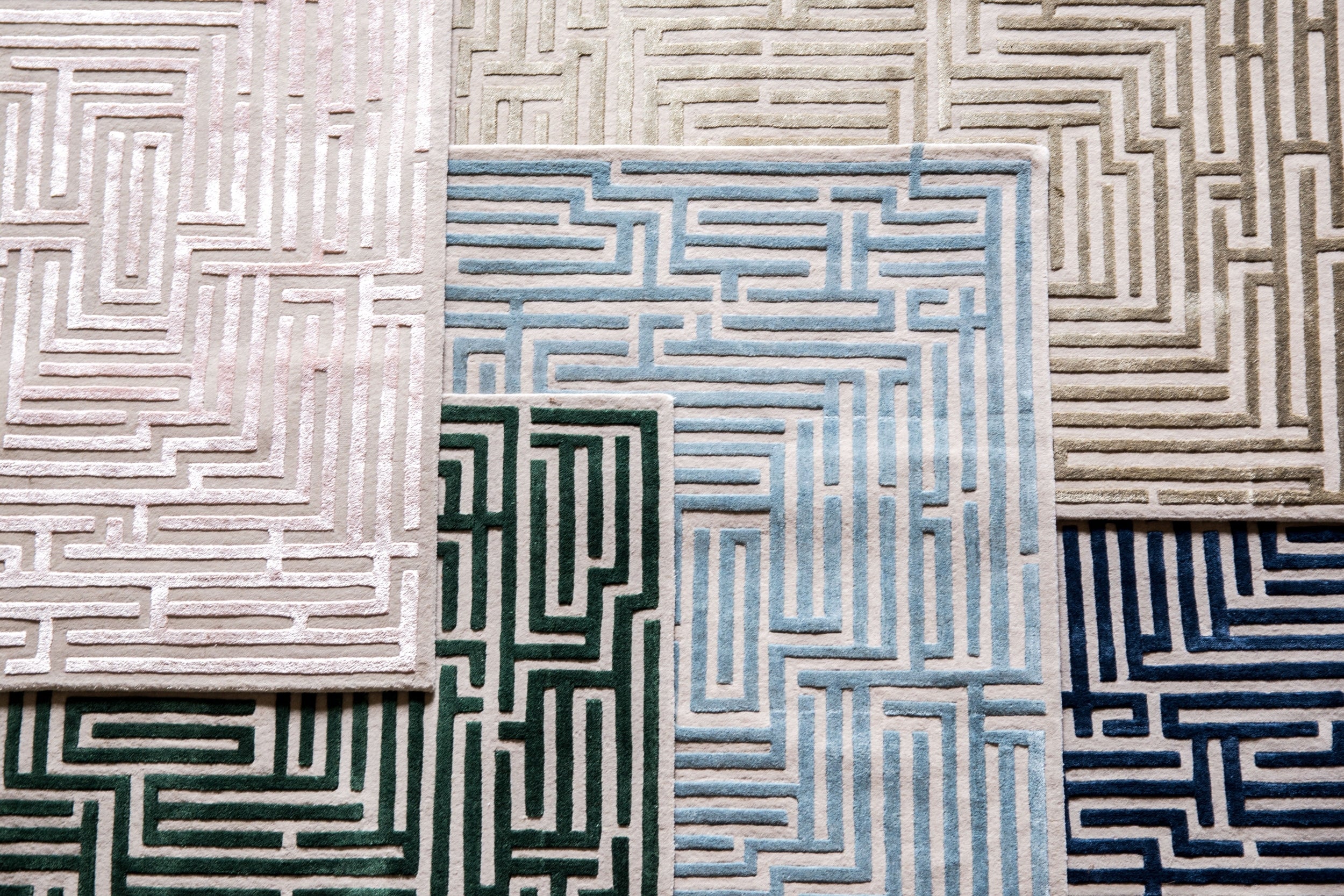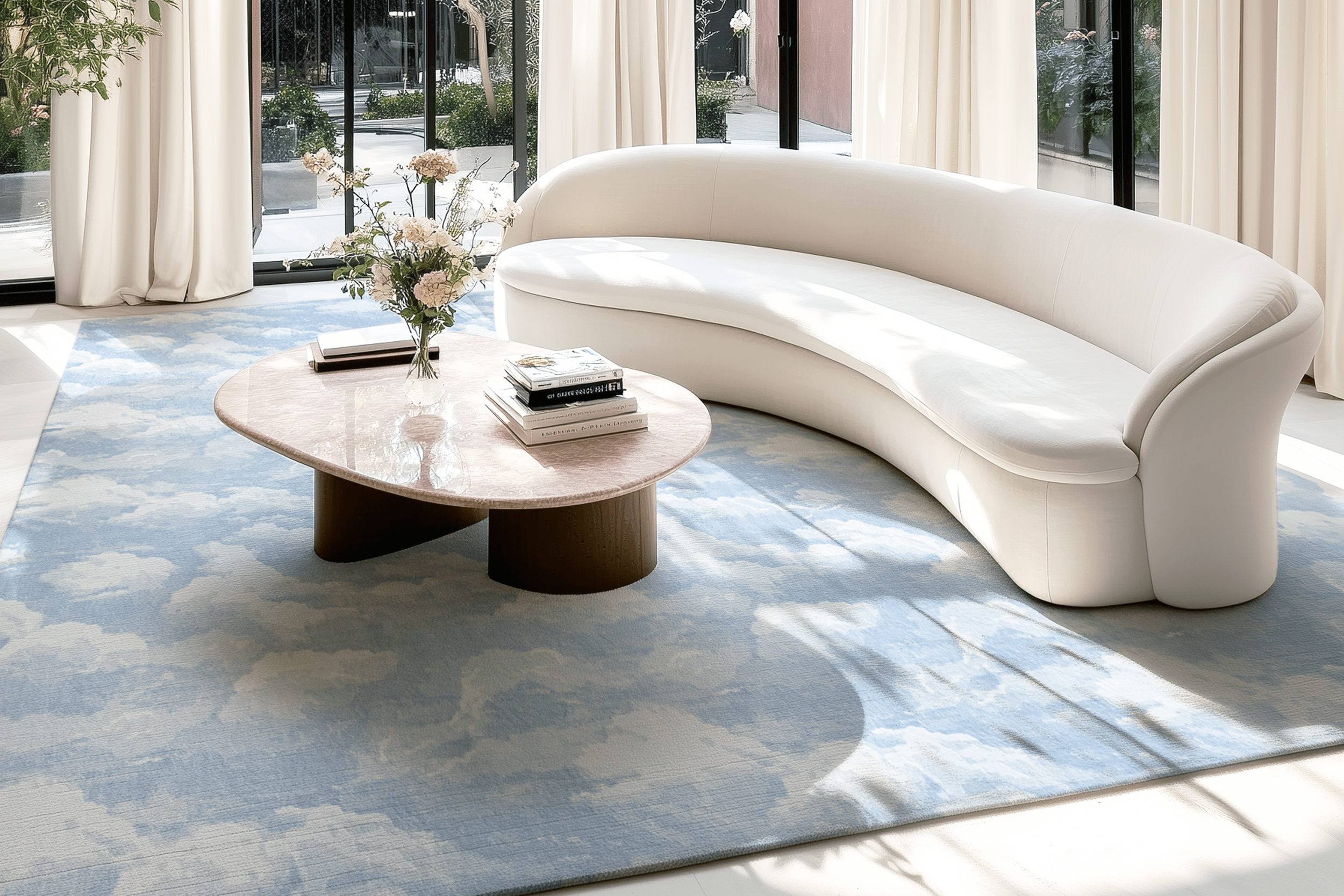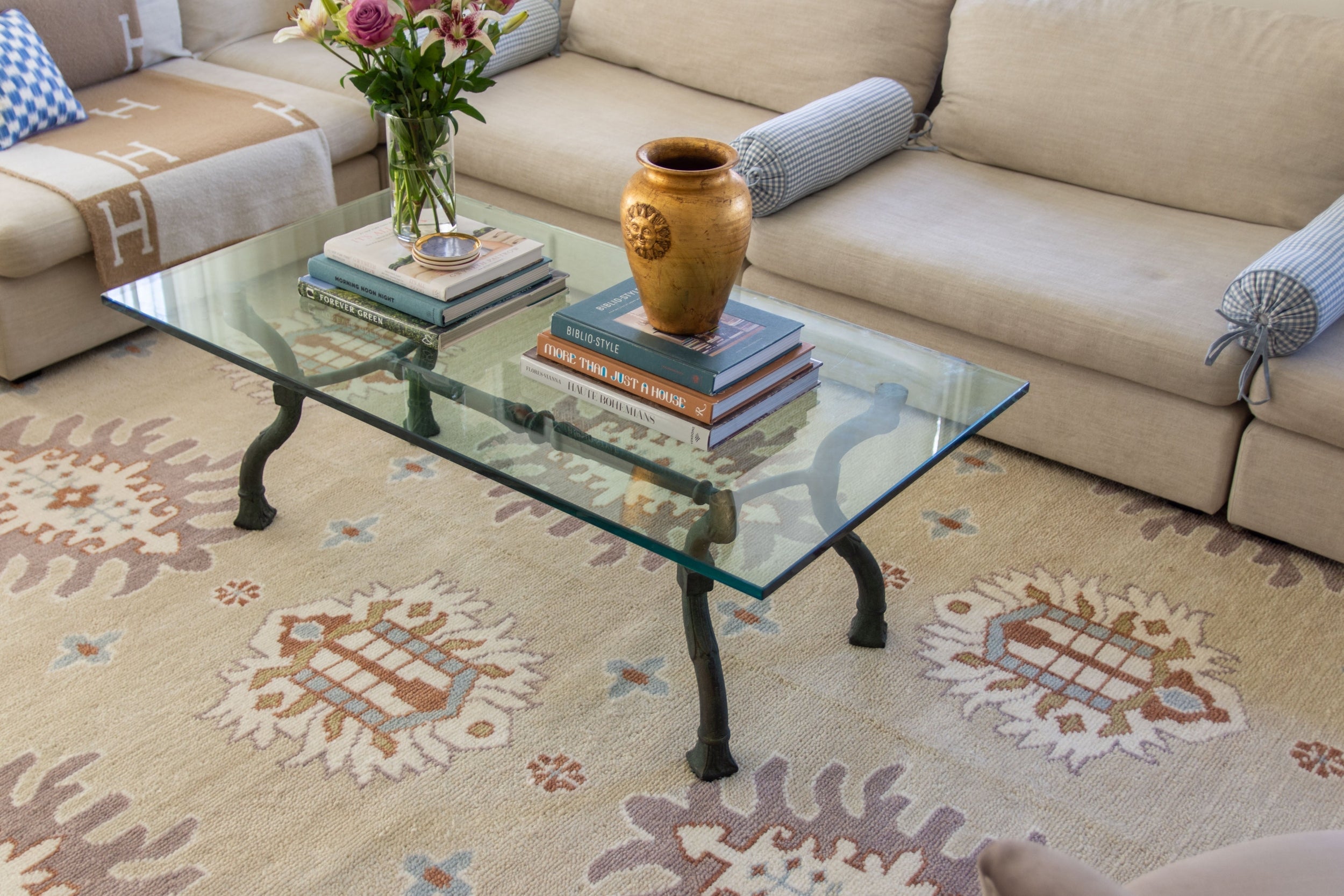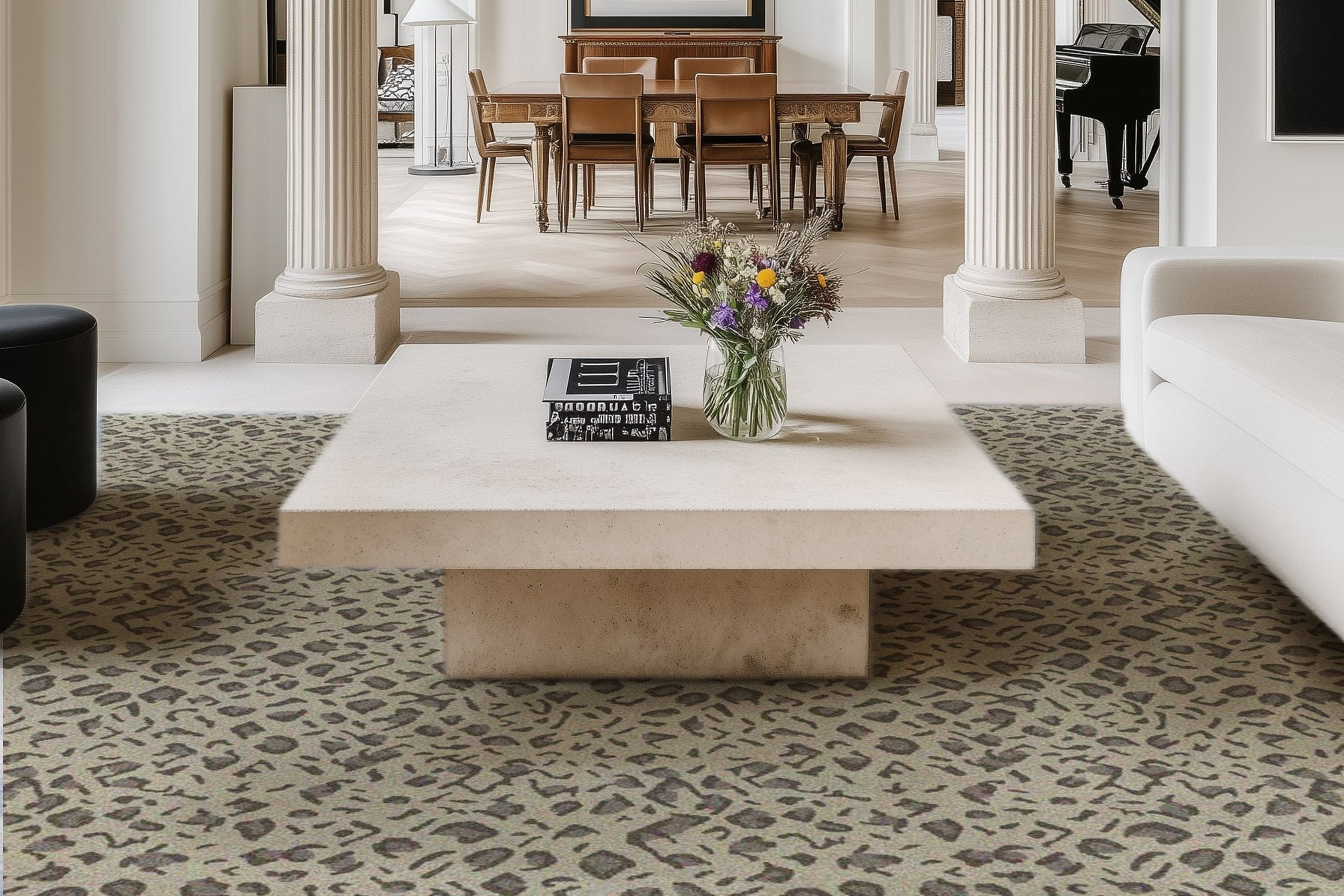How to Create a Keeping Room in Your Home

What is a Keeping Room? The Perfect Extra Space You Need in Your Home
Whether you have an open-concept modern home in San Diego, CA, or are looking to buy a home in Houston, TX with a closed floor plan, a keeping room may be the perfect addition for you and your household.
Scott Bower, owner of HBSB Holdings, says, "You may be wondering - what exactly is a keeping room? What are some ideas for modern keeping rooms? Does a keeping room add value to a house?" Keep reading to find out the answers to these questions and more.
You may be wondering - what exactly is a keeping room? What are some ideas for modern keeping rooms? Does a keeping room add value to a house? Keep reading to find out the answers to these questions and more.
Scott Bower, owner of HBSB Holdings, says, "You may be wondering - what exactly is a keeping room? What are some ideas for modern keeping rooms? Does a keeping room add value to a house?" Keep reading to find out the answers to these questions and more.
You may be wondering - what exactly is a keeping room? What are some ideas for modern keeping rooms? Does a keeping room add value to a house? Keep reading to find out the answers to these questions and more.
What is a keeping room in a house?
History of the keeping room
Before the late 18th century, homes often had a large, wood-burning stove in the living room, which was also doubled as the kitchen. The stove was used for cooking but it also kept the members of the household warm. However, because of this setup, guests and children would often get in the cook's way. So eventually, kitchens were separated from the living room and were placed in another area of the home. Unfortunately, this meant children, family members, and guests were disconnected from the kitchen; and without the stove, they were more likely to get cold. Enter - the keeping room.
The keeping room is a centuries-old trend. The first keeping rooms appeared in the late 18th century, around 1771. Then and now, it’s usually a smaller room open to the kitchen, which is heated by a nearby oven or fireplace. Originally, you could only find keeping rooms in old colonial-style houses in New England and sometimes in the south. But now, they’re in many popular home styles throughout the United States.
Keeping rooms today
Sometimes they’re referred to as a “flex room” or a “free room” by modern home builders, but they’re better known as the family room or hearth room. Keeping rooms connect guests and family members to the cook because they're open to the kitchen. They provide a cozy space so that guests and family members can keep warm and mingle with you without blocking your view of the oven.
Today, keeping rooms are making a comeback, and you can find them in houses throughout the country. They’re a great alternative to a formal living room or office in cramped city houses, and they make a convenient addition to sprawling homes with space to spare.
Keeping room vs. living room vs. family room
Keeping rooms today come in many different sizes, although they were historically smaller. They’re always open to the kitchen and function as a cozy sitting area to entertain and relax.
You’ll typically find these rooms in homes where the kitchen and living room are far from one another. It’s more common to find keeping rooms in houses with closed-concept floor plans. Keeping rooms are less common in homes with open-concept floor plans because there is already a sightline from the kitchen to the living room. But, you can incorporate these convenient spaces into almost any home.
Since keeping rooms serve as a space to entertain guests and relax with family, they’re often confused with family and living rooms. While keeping rooms, family rooms, and living rooms are similar, they have a few differences.
Keeping room vs. family room
Family rooms typically have a television and aren’t always near the kitchen. Keeping rooms, however, are adjacent to the home’s kitchen and rarely have television because they are a place meant for conversation and connection with others.
Keeping room vs. living room
The main difference between keeping rooms and living rooms is that living rooms are more formal. Traditionally, living rooms are for entertaining guests and extended family members. And living room furniture is usually more formal than keeping room furniture. Another thing that separates keeping rooms from family and living rooms is that a keeping room must be next to the kitchen. However, family and living rooms can be anywhere in the home.
Are keeping rooms and hearth rooms the same thing?
Yes, keeping rooms and hearth rooms are one and the same. This is because the first keeping rooms had a fireplace in them or were right next to the kitchen (and the oven) to keep guests warm. Many people designing keeping rooms today choose to include a fireplace in the room for this reason. Keeping rooms are also sometimes called family rooms, flex rooms, free rooms, sitting rooms, or even eat-in kitchens.
Do keeping rooms increase home value?
Since keeping rooms are flexible and practical spaces, they often increase home value. Keeping rooms typically draw buyers in, and many buyers report that their keeping room becomes the heart of the home. It doesn't hurt that these rooms are often thought of as an additional luxury or flex space in the house too.
Especially if your home does not have a designated den, family, living or dining room, office space, or sitting room, a keeping room is a very practical addition. Adding a built-in desk and even a built-in bookshelf can help create the office space you need. Add storage for books, games, and toys to make it a mini library, game room, or extra space for entertaining. If you already have a formal living room and want a space where kids can eat or play without ruining the furniture, a keeping room may be for you.
Keeping rooms in open-concept homes
One situation in which a keeping room may not add value to a home is if you have an open-concept home where the kitchen flows into living and dining areas. In this situation, your home is already set up to mingle with guests while you’re cooking.
However, if you have a formal living room with antiques or furniture that you don't want to be damaged, a keeping room may still be a great addition to your home, even if the home is open-concept. In this case, a casual keeping room would allow guests or children to taste test, play games, and visit without unexpected wear and tear to your furniture.
House Beautiful's 2016's Kitchen of the Year featured a keeping room in an open-concept home. The home's designer, Matthew Quinn, built a diner-style booth that faced the living room into the outside of a curved kitchen island. This allowed the homeowner's young children to play in sight, safely, without staining the more expensive living room furniture. So, keeping rooms can make a valuable addition to many homes.
Keeping room ideas from interior designers
Design ideas
Want to create a keeping room in your home? Here are some ideas if you’re designing the space from scratch.
To create space for this room, you can borrow square footage from other rooms in the home, like the family room, large kitchen, living room, or mudroom. Or, you can simply transition your formal living room into a keeping room if you’re low on square footage. You can also add a keeping room to a home to increase its footprint.
“While the keeping room has been replaced by a breakfast room in many modern homes, the idea of a small living space next to the kitchen is much more intimate than just another dining area. A modern keeping room would be a place to enjoy coffee or tea, read the news, and be in earshot of whoever’s cooking. Cozy armchairs like a wingback would be perfect for this space, or a cozy banquette with small tables for setting down your book and mug”. - Kevin Francis Design
Keeping rooms are an excellent substitute for bar, island, and peninsula seating in a kitchen. Consider adding a couch, low-profile chairs, or cushioned bench as it creates a more comfortable and welcoming space. “ These rooms are a great alternative to a kitchen island or a bar peninsula with stools, which are often uncomfortable. For day-to-day, if you don’t allow eating in the family room, it can be a comfortable place to snack instead of sitting at the table.” - Deco-Arte
Keeping room decorating ideas
If you already have a keeping room but aren’t sure how to decorate it, interior designers have tips for any style. The primary goal in decorating a keeping room is to make the space warm, cozy, and inviting. Most designers recommend saving your more luxurious furniture for the living room and choosing furniture with durable fabrics and easy to clean for the keeping room. Then, people can have a drink or meal without worrying about spilling on the furniture.
Consider warm, rich colors like rust, reds, oranges, gold, yellows, browns, and warm greens to make your keeping room cozy. Opt for furniture made out of wood and wicker to further soften and warm the space. Exposed beams are another cozy touch. If you need a light fixture, look for brass, copper, or old ones. You can even add leafy house plants like palms or ferns for a pop of greenery.
But keeping rooms don’t always have to be colorful to be cozy. If you have a trendy, light, and bright home, or a coastal Cape Cod-style home, there are still plenty of ways to decorate your space. Homeowners make them comfy and inviting by adding lush textures like faux fur rugs, textiles, fluffy throw pillows, and chunky, knit blankets. Even though the room may be primarily white with grey and blue pops of color, textures can help warm up light, bright, and coastal keeping rooms.
Keeping room functionality
The beauty of the keeping room is you can use it for whatever suits you or your household best.
“Take into consideration that the seating for a young family is smaller than that of older kids. Plan out the space to have a bit more room for larger furniture so that you can grow into the space." - MDH Builders
“By adding a couple of small comfy chairs or placing a small bench with cushions in the space, you can create a small keeping room where your family or friends can put their feet up and enjoy time keeping the kitchen cook company. If you have a blank wall, add a fireplace mantle and decorative candles to give the nook an extra cozy feel.” - Kerns Family Construction
“Essentially a keeping room transitions guests and family into a dining experience, so it’s important to make sure to design a functional space to maintain a conversation amongst everyone. It’s also important to make sure that the space is comfortable and cozy while waiting for dinner. Such a space could embody a set of large sofas (or sectionals if the space allows) where people can face each other and chat, but also small seating areas like two chairs by the window and a table to play games while they wait.” - KrimsonHAUS
Keeping room ambiance
Creating the right ambiance in a keeping room brings the spaces together. “In a space like a keeping room, typically for gathering and connecting, the ambiance is crucial. Invest in lighting, audio, and scents to create an oasis out of this space. Warm, dreamy uplighting, a sound that can be dispersed evenly throughout the room, and "smelly goods" like candles and wax melts will make you and your guests never want to leave this space.”
- Homey Homies
To pay homage to the history of the keeping room, many people install a fireplace. “The fireplace makes a huge impact and offers beauty and ambiance from all angles while guests are within view and earshot of the busy host.” - Designs by Michele Rose
Another great tip to enhance the ambiance of your keeping room is to declutter. “You should do this everywhere in the house, but in the kitchen, that means grouping similar things together. Try to stick to white or a neutral color palette for all your dishes, and decant pantry items into similar vessels to create visual harmony (and make everything a lot easier to find). A bonus of a well-organized kitchen? If everything in your kitchen is easy to find, you’ll get a lot more prepping help from guests.”- Murchison Hume
Keeping room takeaways
- Homey Homies
To pay homage to the history of the keeping room, many people install a fireplace. “The fireplace makes a huge impact and offers beauty and ambiance from all angles while guests are within view and earshot of the busy host.” - Designs by Michele Rose
Another great tip to enhance the ambiance of your keeping room is to declutter. “You should do this everywhere in the house, but in the kitchen, that means grouping similar things together. Try to stick to white or a neutral color palette for all your dishes, and decant pantry items into similar vessels to create visual harmony (and make everything a lot easier to find). A bonus of a well-organized kitchen? If everything in your kitchen is easy to find, you’ll get a lot more prepping help from guests.”- Murchison Hume
Keeping room takeaways
Keeping rooms add a flexible, additional common area to a home, often attracting potential buyers. They frequently become the heart of a home because they allow children and guests to gather, keep warm, and keep you company while you cook. If you want your guests to come back time and time again, a cozy, warm, keeping room may just be what your home needs, no matter your style.
Originally published by Redfin
Browse by Category

No.1
Design Projects
Explore interiors from client work and personal renovations — layered, livable, and always in progress.
read more →
No.2
Collaborations
From product launches to styled spaces, discover the brand stories I’ve helped bring to life.
read more →
No.3
The Notebook
A growing archive of iconic designers, inspiring artists, and unforgettable design moments.
read more →
No.4
Travel by Design
Wander with a designer’s eye — from charming hotels and city guides to visual inspiration abroad.
read more →
the Weekly Edit





